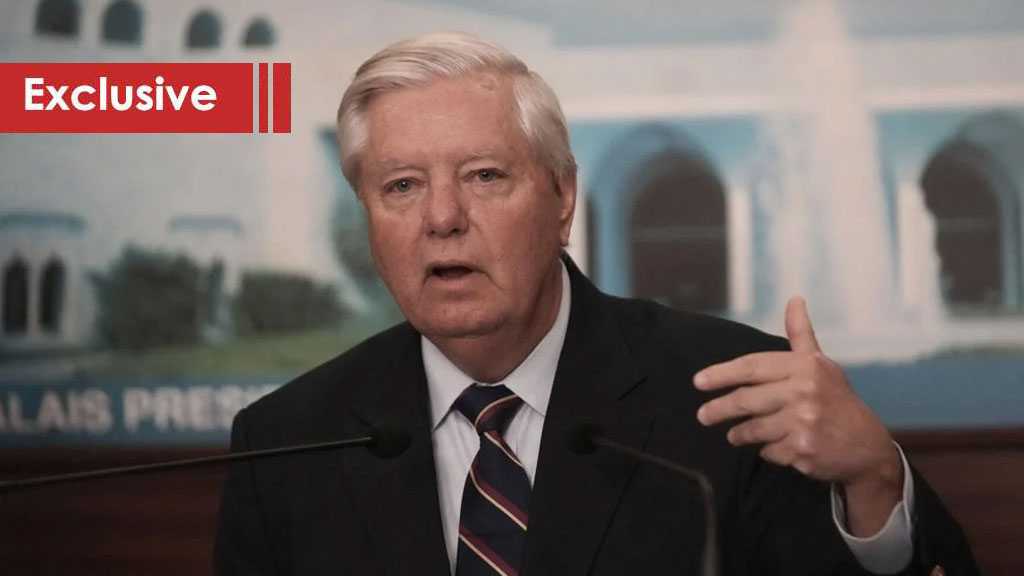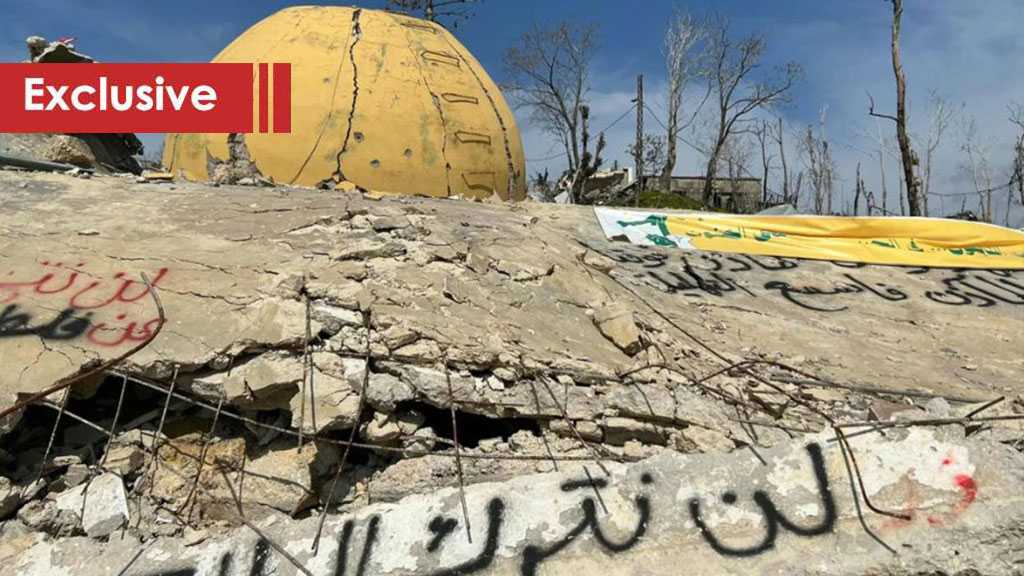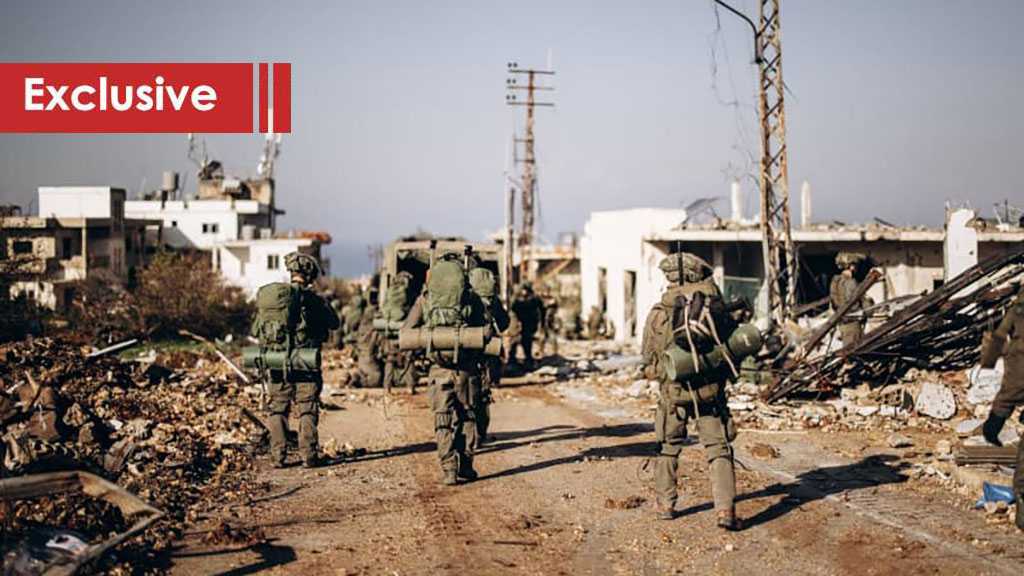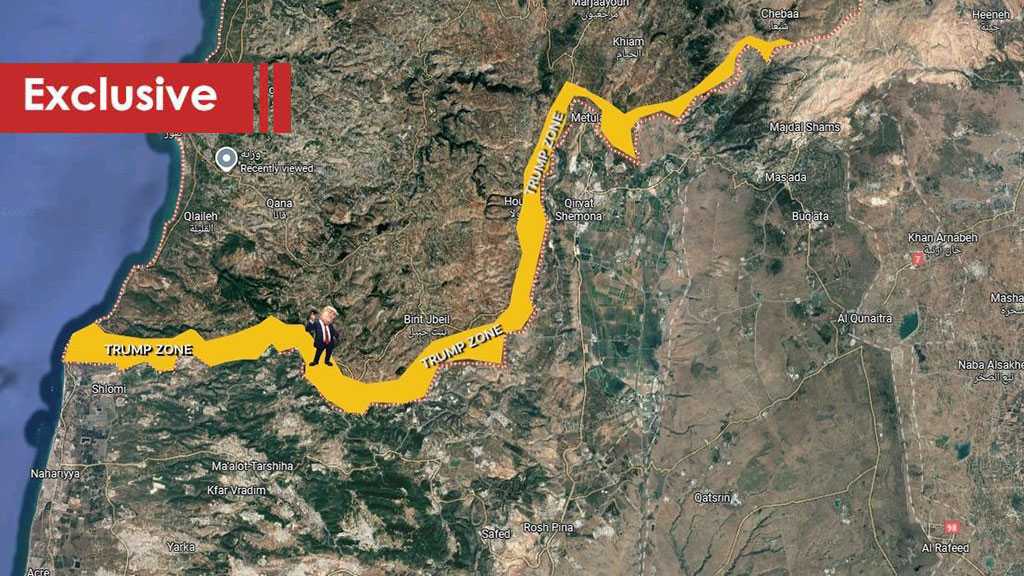Is America Concerned About the Fall of Damascus’ Sharaa Regime?

By Jamal Wakim
The fall of Bashar Al-Assad’s regime in December 2024 marked a historic turning point in Syria’s modern history. For over a decade, Assad held on to power despite an international war waged against him with American support.
However, a number of factors—including economic collapse due to Western sanctions and the disintegration of state structures caused by the prolonged war—led to a swift and unexpected downfall in late 2024. By mid-2025, Syria finds itself in a fragile transitional phase, amid a power vacuum, multiple centers of authority, and a conspicuous absence of any clear roadmap for the future.
Most Western analysts agree that Assad’s fall removed a major obstacle to the political change the West had long sought to shape in its favor.
Nevertheless, the stability of the new regime remains highly uncertain. This uncertainty is the key factor driving the US to accelerate peace efforts between Syria and “Israel” on one front, while simultaneously pressuring for the disarmament of the Lebanese resistance on another.
The broader goal is to secure American hegemony over the Levant as a launchpad to reinforce its influence against China and Russia in the South Caucasus and Central Asia.
In early January 2025, a transitional authority composed of technocrats from the former regime, opposition figures, and tribal leaders assumed control of Damascus with Western backing. However, this administration remained confined to the capital, unable to extend its authority beyond the city.
Western analysts estimate that Syria is currently divided into three main regions, which they refer to as “the three Syrias.” The first Syria, comprising the western and central parts of the country, falls under the control of the transitional government in Damascus. This includes Damascus, Homs, and parts of Aleppo and Hama.
However, the transitional government’s control over these areas is limited and heavily dependent on international logistical and financial support. Armed militias—formerly under the leadership of Abu Muhammad al-Julani or Ahmad Al-Sharaa—continue to dominate the rural regions, where they engage in acts of violence and looting.
As for northeastern Syria, it remains under the control of the self-administration led by the Kurds, who are primarily supported by the US. This region is marked by significant tension between the Kurds on one side and the Arab tribes on the other—particularly in Raqqa and Deir el-Zor—where Arabs complain of Kurdish dominance over the region’s oil-rich resources, which once served as the breadbasket of all Syria.
Northwestern Syria, meanwhile, is under the control of foreign factions backed by Turkey. In this region, Alawite areas are subjected to systematic massacres by these groups. Additionally, the situation in Idlib and northern Aleppo remains highly volatile, with tensions threatening to erupt at any moment.
Western security studies centers [CSS]—such as the RAND Corporation and the International Crisis Group—warn that the greatest threat to post-Assad Syria's stability lies in the emergence of a decentralized, militia-based system led by rival local forces.
These centers also warn of the potential “return of Iranian influence” through Alawite armed groups that may form to defend Alawite villages and towns subjected to crimes by militias affiliated with the new regime. They further raise concerns about “Iran-backed factions” that continue to control logistical corridors in southern Syria and along the border with Iraq.
However, Western CSS consider the greatest danger to stem from groups supporting the current regime, including former warlords who now control a significant portion of the black market—especially in the construction materials sector.
Despite Western efforts to unify warlords and militias backing the Sharaa regime into an institutional structure modeled after Bosnia’s post-Dayton Accords arrangement, the results in this regard remain minimal.
Exacerbating the prospects for instability is Syria’s economy, which is in a state of near-total collapse. Despite aid pledges made at the “Geneva Peace Conference” in February 2025, funding remains conditional on political reform.
The Syrian pound has effectively lost all value, and inflation has reached devastating levels, while public sector salaries have been suspended in most areas.
Institutions such as the World Bank and the International Monetary Fund estimate Syria’s reconstruction needs at over $350 billion, amid widespread hesitation among the vast majority of potential donors.
All of this deepens the risk of Syria becoming a failed state, permanently dependent on foreign aid without a sustainable national economy.
This threatens American projects aimed at ensuring stability in the Levant region under its hegemony, thereby contributing to the erosion of the strategic achievement Washington, along with Tel Aviv and Ankara, secured—the collapse of the Syrian regime led by Bashar Al-Assad.
This raises the possibility that the US may fail to implement its agenda, allowing its opposing forces—primarily Iran, Hezbollah and the Resistance Axis—to rebuild their front in preparation for a new confrontation with the US and “Israel”.




